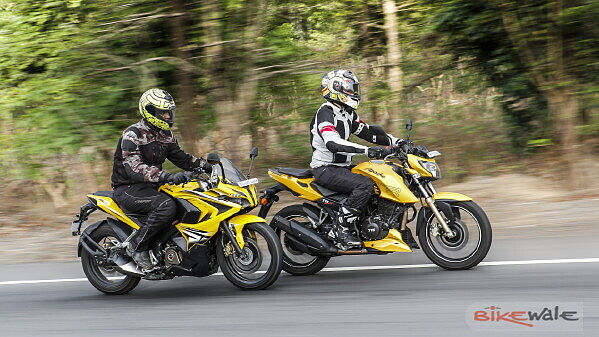
According to the ICRA, the transition to stricter emission norms for two-wheelers in India will see a price hike of around 10-20 per cent. The reason for this price hike will be the due to the mechanical changes the manufacturer will have to incur to meet the BS-VI emission norms.
As per the notification from the Ministry of Road Transport and Highways (MoRTH), all automobiles including two wheelers would need to migrate to BS-VI emissions norms in 2020, bypassing BS V norms. It is these BS-VI norms that will mandate the use of electronic fuel-injection (EFI) systems in two-wheelers, to replace carburettors that will significantly increase the price.
Mr Subrata Ray, Senior Group Vice President, ICRA Ltd said: “The cost impact of EFI systems on two-wheelers with existing levels of localisation is expected to be significant, in the region of 10 per cent to 20 per cent, for now. The costs however, are expected to come down subsequently as parts in the EFI system get localized.”
At the moment, India follows BS-III emission norms for two-wheelers. However, from April 2016, all new two-wheeler models have started complying with BS-IV emission norms, and the existing models would comply with BS-IV emission norms from April 2017.
Speaking on other additions that will be required, Mr Ray said, “The major change on migration to BS-IV norms would be the inclusion of carbon canisters to control evaporative emissions. Other changes, like tightening on limits of different pollutants, would be met through optimization of the combustion process and increasing the volume and surface area of catalyst used in the catalytic convertor. The cost impact is not expected to be significant, in the range of 2-3 per cent of the price of the vehicle."

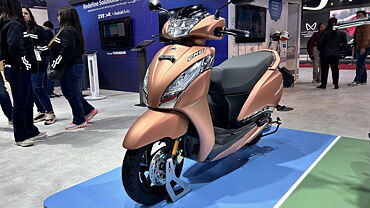
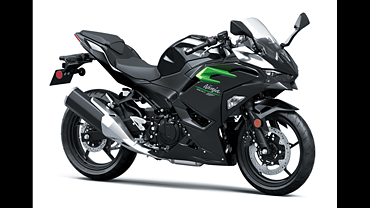
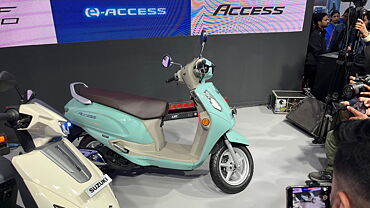
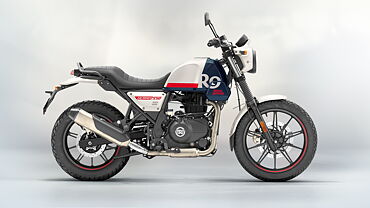


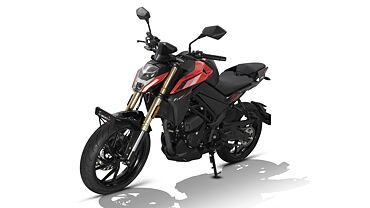
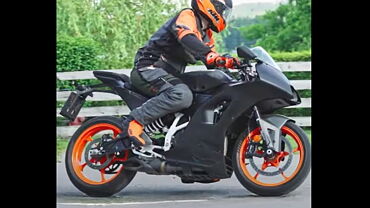







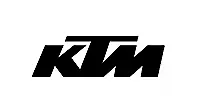




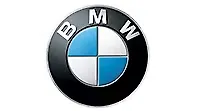












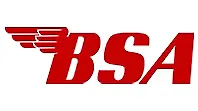















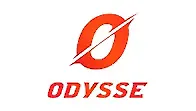



















![KTM 390 Adventure X [2025] KTM 390 Adventure X [2025]](https://imgd.aeplcdn.com/272x153/n/cw/ec/190885/390-adventure-x-2025-right-side-view.jpeg?isig=0&q=80)